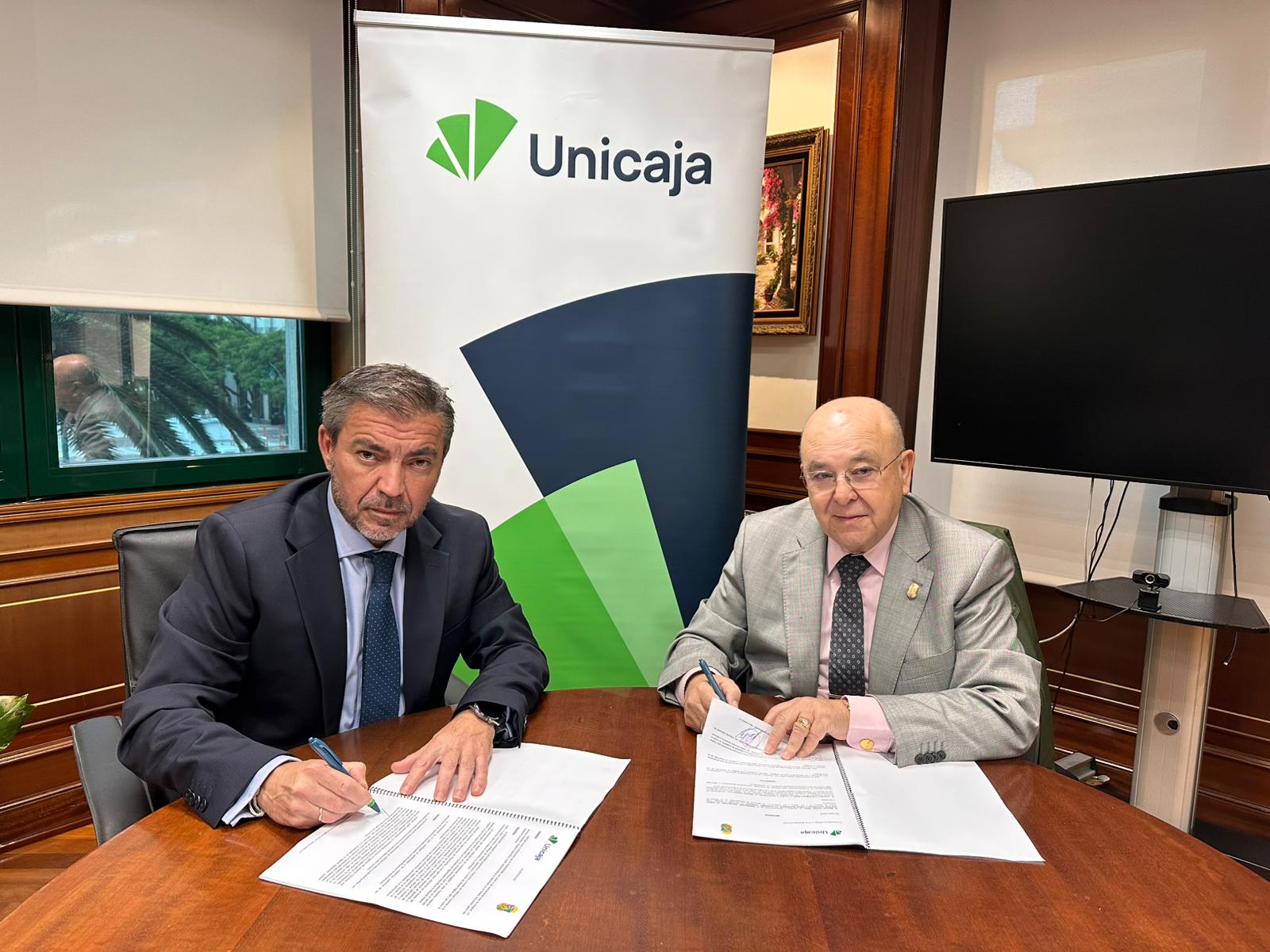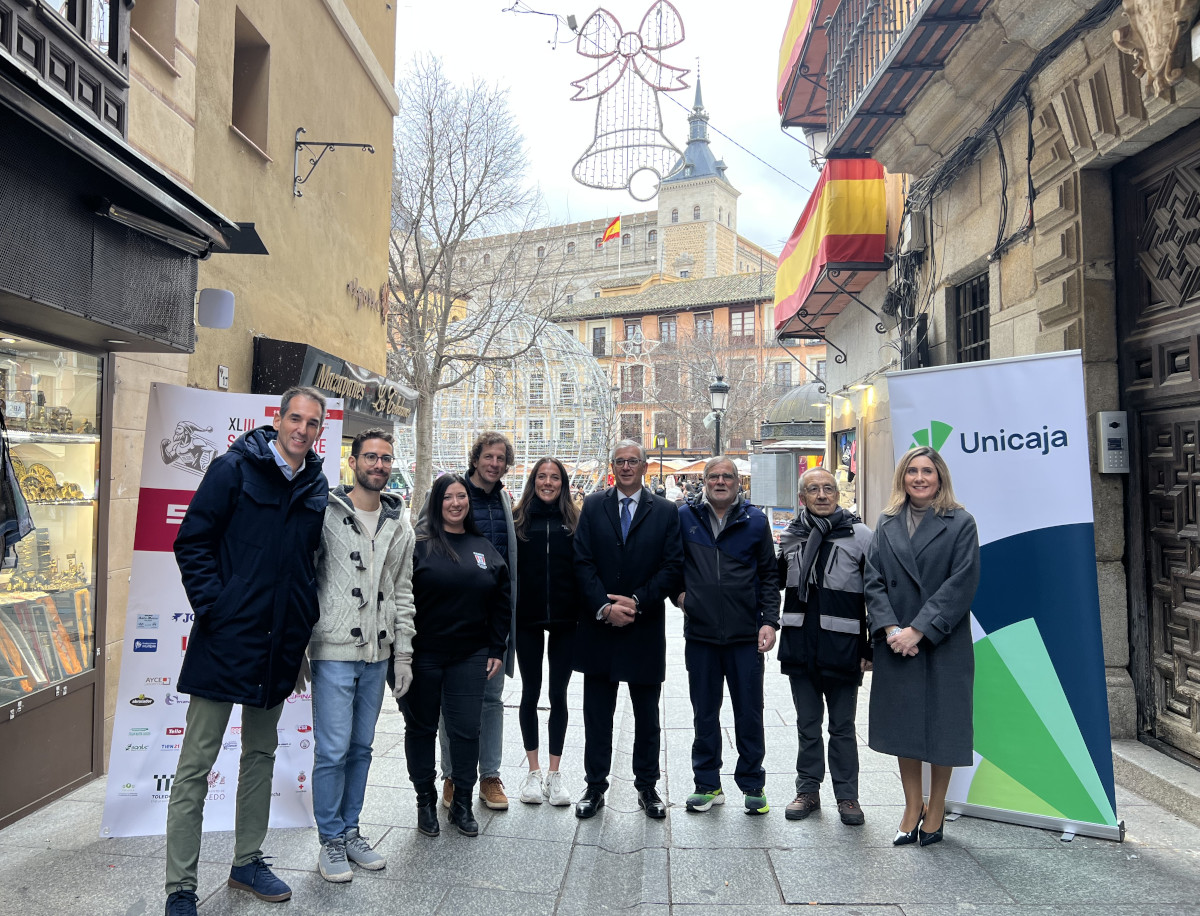Unicaja Banco has published the issue number 23 of the quarterly report ‘Previsiones Económicas de Castilla y León’ (Economic Forecasts for Castilla y León), prepared, as in previous editions, by Analistas Económicos de Andalucía (research company of Grupo Unicaja). According to the said report, uncertainty levels remain high and the evolution of the economic activity is strongly conditioned by the evolution of the COVID-19 pandemic and containment measures.
In the case of Castilla y León, the estimations suggest a decrease in the GDP, in 2020, between 10.7% and 12.8%, whereas the employment could fall by 4.0-5.9% for the year average. This way, the unemployment rate would stand at 14.4%, although it could reach 15.0% in a less favourable scenario.
For 2021, the estimations suggest a recovery in GDP and employment. The Castilla y León economy could grow, for the year as a whole, by 6.4%-5.6%. An increase of 1.5% in employment is expected for the year average, with the unemployment rate standing between 14.2% and 15.0%.
This report is divided into three sections: 1) Economic environment; 2) Recent evolution of the Castilla y León economy; and 3) Economic outlook for Castilla y León 2020-2021. The first section describes the international and national context. The second section analyses the situation of the Castilla y León economy, paying attention to the behavior of the main indicators, as well as to the productive specialization of the region. Finally, the last section includes outlooks on the forecasts on the evolution of the Gross Domestic Product (GDP) and employment in Castilla y León for 2020 and 2021.
Global and national economic environment
The effects of the COVID-19 pandemic, together with the adopted containment measures, have resulted in a GDP fall with no precedents in recent history. In particular, according to the OECD estimations, in the first half of the year, the global economy has fallen by more than 10%. Without the measures enforced to mitigate the impact of the crisis on households and business, the output contraction and decrease in the employment would have been substantially higher.
As the OECD states in its latest report, the pandemic remains a threat, and therefore generating confidence will be essential to boost the economic recovery in an environment with an exceptional uncertainty. Following the easing of the containment measures, the economy has recovered partially, but the recovery has lost momentum, and the restrictions imposed in some countries to stop the new outbreaks may have caused a slowdown of growth. Additionally, the strength of the recovery will vary significantly between countries and sectors.
In this context, the OECD forecasts that the global GDP will fall this year by 4.5%, estimating for 2021 an output increase of 5.0%. The forecast for this year is less negative than in June (-6.0%) due, mainly, to a better than expected evolution in the first half of the year in China and the USA. At the end of 2021, the output level of many countries would stand below the closing levels of 2019.
The Spanish economy has been one of the Euro Zone economies to register a higher activity contraction. According to the latest figures of the Spanish National Quarterly Accounts, published by the National Statistics Institute (INE), in the second quarter, the GDP fell by 17.8%, with a year-on-year fall of 21.5% (-14.7% in the Euro Zone). Both household consumption and investment have decreased by more than 25% over the previous year, whereas exports have fallen by over 35%, with a significant drop in touristic services.
For the whole 2020, the Bank of Spain estimates a GDP drop of 10.5%, which may reach 12.6% in a less favourable scenario. In 2021, the growth rate could reach 7.3% in the most optimistic scenario, and 4.1% in the less optimistic, if the pandemic has a higher incidence until mid 2021.
Recent evolution of the Castilla y León economy
The latest data from the Quarterly Regional Accounts of Castilla y León, related to the second quarter of 2020, show a GDP decrease of 15.2% q-o-q and -18.8% y-o-y. The internal demand deducted 18.0 p.p. to growth, with a sharp decrease in household consumption (-20.0%) and investment (-27.8%). The external balance has deducted 0.8 p.p. to growth, with a decrease which has been higher in exports (-11.8%) than in imports (-10.0%).
From the point of view of supply, there has been a drop of the Gross Added Value in all the productive sectors, with the exception of the agricultural sector (7.1%) and non-market services (1.7%). Especially significant have been the falls in construction, manufacturing and market services, close to 25%.
With regard to employment, in the second quarter, active population in Castilla y Leon has decreased by nearly 57,200 people, standing at 927,100, according to the Labour Force Survey (EPA). This figure includes those affected by furlough schemes (ERTE), while a part of the people who have lost their jobs are now considered as out of the labour force. The unemployment rate stands at 12.4% (15.3% in Spain).
The number of people in employment has decreased by 6.3% year-on-year (-6.0% in Spain), with a significant reduction among those with a temporary employment contract (-17.9%). The fall in employment has been general in all sectors, but especially remarkable in agriculture (-15.8%) and industry (-8.4%). The services sector represents more than half the jobs lost in the last year.
The figures of employees contributing to the Social Security scheme continue to reflect the job loss if compared with the previous year, although contributions are increasing since April (3.2% until August). The areas of construction, hospitality, retail, administrative and health activities and agriculture are those with a higher growth since April. Health activities, agriculture and education show an increase in contributions to the social security when compared with August 2019.
Economic Outlook for Castilla y Leon 2020-2021
The forecasts of Analistas Económicos de Andalucía indicate that in 2020, the Castilla y León GDP may fall between 10.7 and 12.8%. A growth of 6.4% -or 5.6% in a less favourable scenario- is expected in 2021. This economic outlook, prepared in a highly uncertain context, is strongly conditioned to the evolution of the pandemic and the containment measures adopted.
As for employment, it is estimated to fall by 4.0% in the year average, what means a loss of 40,000 workers over 2019, with the unemployment rate standing at 14.4%. However, in a less favourable scenario, employment could fall by 5.9%, and the unemployment rate would reach 15.0%. In 2021, the employment would grow over 1.5%, according to the estimations made by the research company of Grupo Unicaja Banco, with the unemployment rate standing between 14.2 and 15.0%.
Descarga aquí los gráficos asociados al informe.
Descarga aquí el informe completo.



